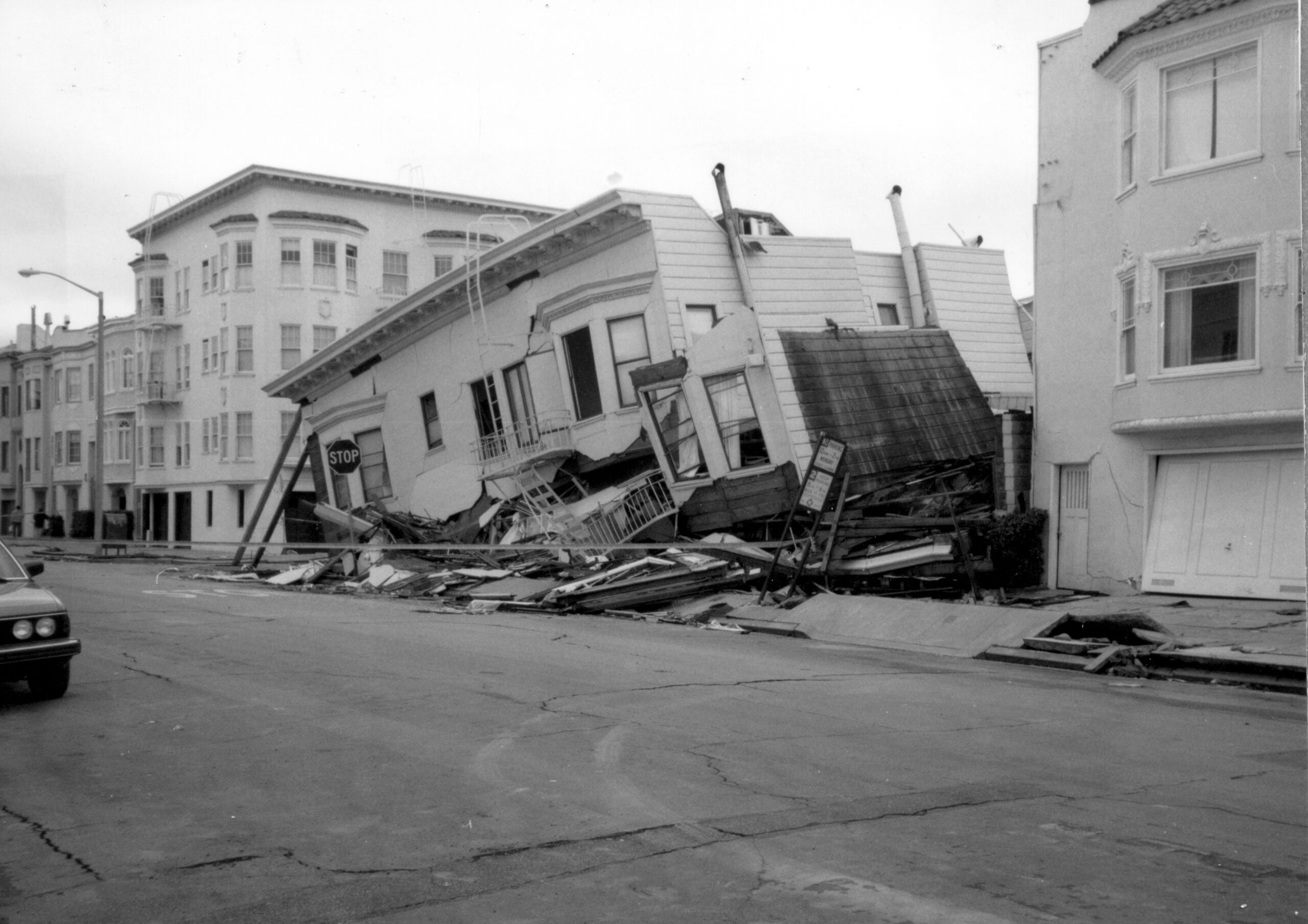Thirty-four years ago to the day, the San Francisco Bay Area shook for 15 violent seconds.
The Bay Bridge swayed and snapped. The sandy fill beneath Marina District liquefied, buckling buildings, bursting gas lines and sparking fires. A double-decked stretch of Interstate 880 in Oakland collapsed. The third game of the World Series was called off as crowds fled Candlestick Park.
The 6.9-magnitude jolt left 63 people dead, 3,757 wounded and more than 12,000 displaced. The material damage amounted to billions of dollars.
Tuesday marks the latest anniversary of the Loma Prieta earthquake, whose devastating impact on Oct. 17, 1989, inspired remarkable advances in seismology.
But for all the laser mapping, down-to-the-millimeter measures of tectonic shifts and mass warnings within seconds of a fault’s snap, earthquake predictions precise and early enough to inform evacuation or shelter-in-place orders remain in the realm of science fiction.
The best we can do in earthquake country is brace ourselves to ride out these natural disasters.
On a systemic level, that means bolstering infrastructure.
Individually, it means stocking up on supplies and learning how to respond when the next big one strikes.
That’s the idea behind the Great Shakeout, when tens of millions of people will “stop, drop and hold on” as part of the biggest earthquake drill in the world.
In the Golden State, where the international preparedness day began 15 years ago, the Great California Shakeout starts at 10:19 a.m. on Thursday—10:19 on 10/19—and includes just about 10 million participants.
The drill culminates a seven-stop tour by the California Office of Emergency Services, which brought a shake simulator capable of replicating a 7.0 magnitude quake to cities throughout the state so first-responders could teach civilians life-saving preparedness skills.
Combined with the anniversary of the last great quake, the drill serves as an annual wake-up call.
“It’s always a chance for us to remind people that we live in earthquake country,” San Francisco Department of Emergency Management spokesperson Kristin Hogan told The Standard. “Even though we haven’t had a really damaging earthquake in recent memory, it’s really important that people don’t get complacent or take for granted that we won’t have another big earthquake. Because, as we should all know, it’s not a matter of if, but when.”
This year’s Great Shakeout also builds on California’s first-in-the-nation early warning system, which sends alerts to millions of smartphones once sensors pick up the first signs of a strong shake.
The mass warning network, called ShakeAlert, got its first real test almost a year ago, when it gave a few million app subscribers a several-seconds heads-up about a 6.4 magnitude quake centered in Napa County.
The short notice wasn’t enough for people to take cover, but some said it roused them from sleep faster than the shaking might’ve.
And in an earthquake, seconds matter.
Thursday’s drill is about developing “that muscle memory” to respond the right way in a matter of seconds when the next major quake hits, Hogan said.
Meanwhile, she added, Tuesday’s anniversary of Loma Prieta’s devastating impact should be a time for Bay Area residents to assess their overall preparedness, for San Franciscans to sign up for emergency alerts by texting their ZIP code to 888777 and for everyone to study up on local disaster plans and available resources.
“This is when we really encourage people to commemorate this anniversary by taking stock in their emergency supplies, reevaluating their emergency plan and staying connected to their community,” Hogan said.
“This is a good time to make sure you’re signed up for the emergency alert system—it’s important for people to have access to that,” she added. “And to make sure they know what to do when the earth shakes, and that is to drop, cover and hold on.”
